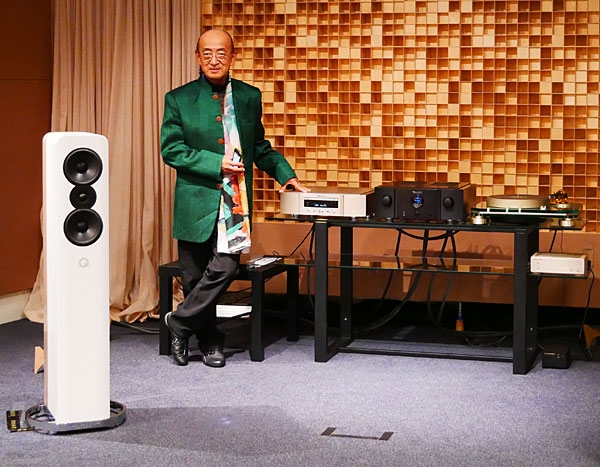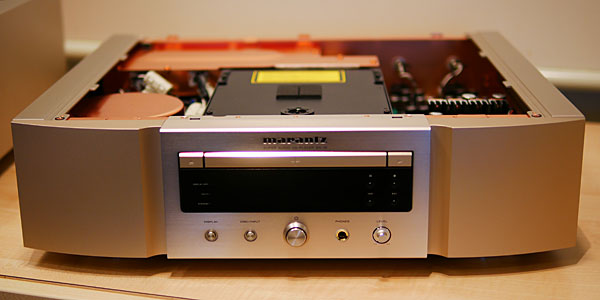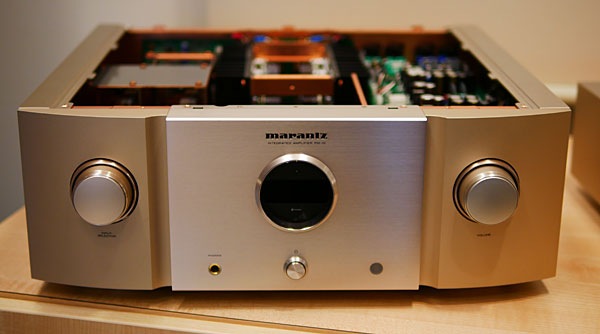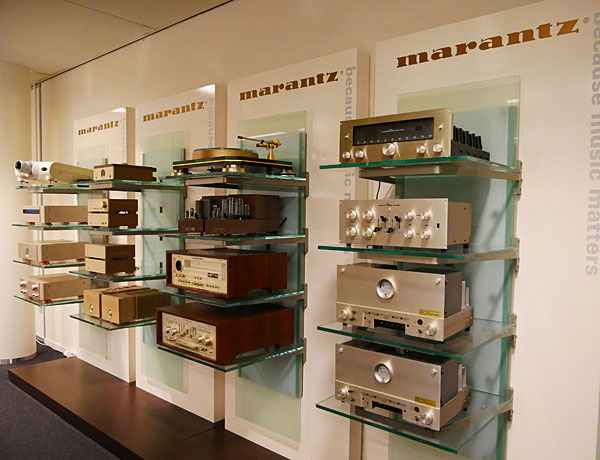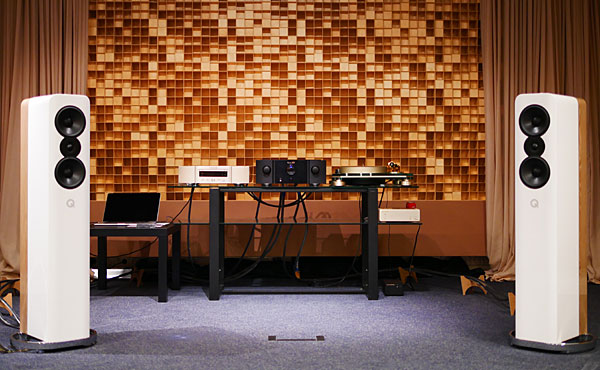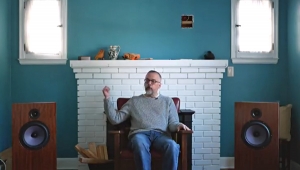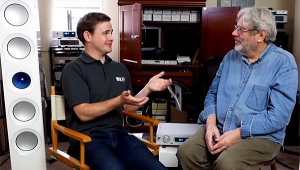| Columns Retired Columns & Blogs |
Are you sure about this?
Seems like this outfit is releasing stuff they've designed 10 years ago.
The Green jacket is a stunner, is that a scarf he's wearing?
As the "new" girl, you're getting to sample some of the weirder parts of niche audio.
The parent company ( D&M ) probably paid for the Trip so, yea, you gotta go, it's a nice perk.
Love to read what you ask Mr.KI.
Tony in Michigan
